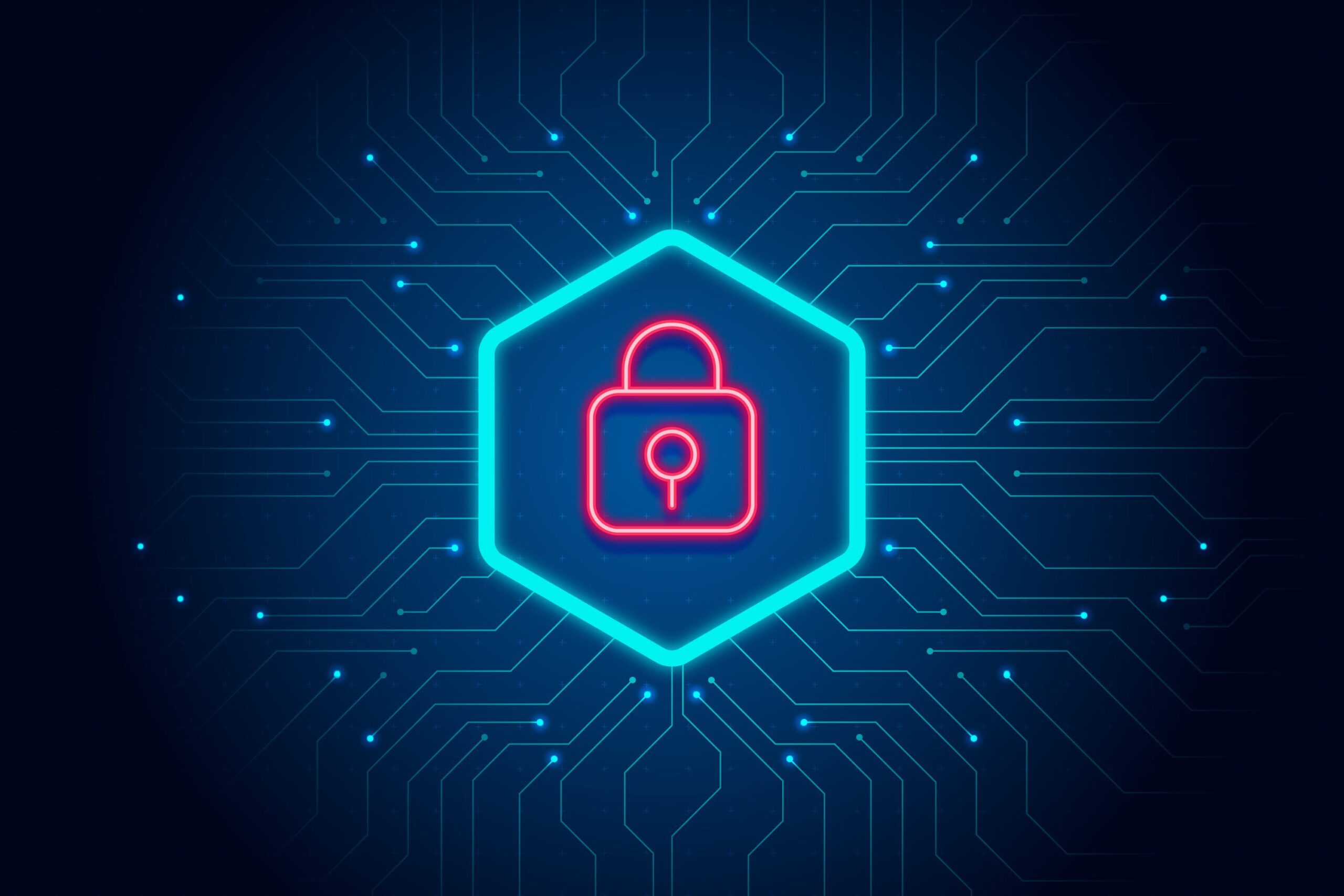When it comes to online security, authentication does a lot of heavy lifting. It’s how companies verify users and protect access to systems and data. But security isn’t the only priority—compliance is equally important. Following industry regulations not only ensures data is protected but also keeps businesses in the clear with legal standards.
So, what does compliance in authentication look like? Let’s dive in.
Why Compliance Matters
Compliance is about following laws and standards that safeguard data. In the context of authentication, it means ensuring that your systems meet specific requirements set by regulatory bodies. These rules vary depending on the industry, the type of data involved, and the jurisdiction you’re operating in. Ignoring compliance can result in fines, legal trouble, and loss of trust from customers.
Key Regulations to Be Aware Of
- GDPR (General Data Protection Regulation)
If your company handles data from EU citizens, GDPR compliance is essential. This regulation focuses on user privacy and data protection, and strong authentication methods (like multi-factor authentication) help ensure only authorized people access personal data. - HIPAA (Health Insurance Portability and Accountability Act)
For healthcare organizations, protecting patient information is critical. HIPAA compliance means that authentication practices must secure patient data and ensure that only authorized personnel can access medical records. - PCI-DSS (Payment Card Industry Data Security Standard)
Businesses that handle payment card information must comply with PCI-DSS. It lays out standards for securely processing, storing, and transmitting credit card data, which includes the use of secure authentication methods. - SOX (Sarbanes-Oxley Act)
SOX is a U.S. law that applies to publicly traded companies. It focuses on protecting sensitive financial information and requires strong authentication measures to ensure only authorized personnel can access critical financial data. - CMMC (Cybersecurity Maturity Model Certification)
Companies that work with the U.S. Department of Defense must follow CMMC guidelines, which include strict authentication requirements to secure sensitive government data.
Best Practices for Ensuring Compliance in Authentication
- Use Multi-Factor Authentication (MFA)
MFA solutions adds an additional layer of security by requiring more than just a password for access. It’s a common requirement across many regulations because it significantly reduces the risk of unauthorized access. - Keep Up with Changing Regulations
Compliance is not static. Regulations can change, so it’s important to keep your authentication systems flexible enough to adapt to new rules as they come into effect. - Enforce Strong Password Policies
While passwords are often not enough by themselves, having strong password policies is still an important part of the compliance process. Require users to create complex passwords and update them regularly. - Regularly Audit and Monitor Your Systems
Conducting regular audits helps ensure your authentication methods are compliant and functioning as they should. Monitoring also helps you catch potential security issues before they turn into compliance problems. - Choose the Right Authentication Provider
Partnering with a trusted authentication provider can help you meet compliance requirements more easily. Look for providers that prioritize security and understand the compliance landscape in your industry.
Final Thoughts
Compliance in authentication isn’t just about checking boxes—it’s about safeguarding sensitive data and maintaining trust with your users. Whether it’s meeting GDPR requirements or securing patient information under HIPAA, following compliance standards ensures that your authentication practices are both secure and legally sound.
If you’re looking for an authentication solution that helps with compliance, AuthX is worth considering. It provides strong identity management and authentication features that help businesses easily meet regulatory standards.


